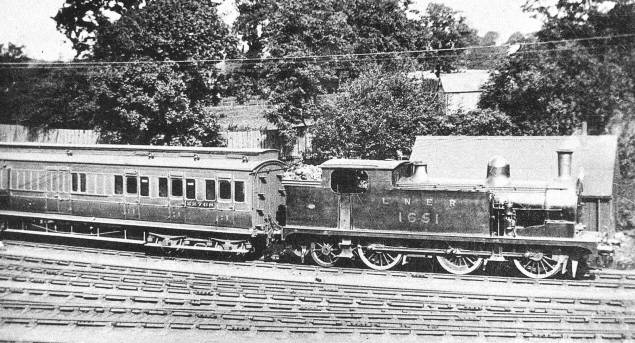
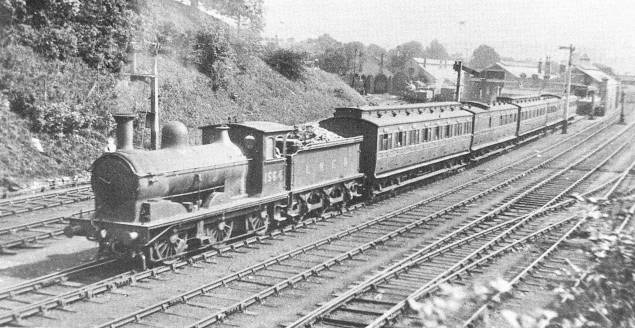
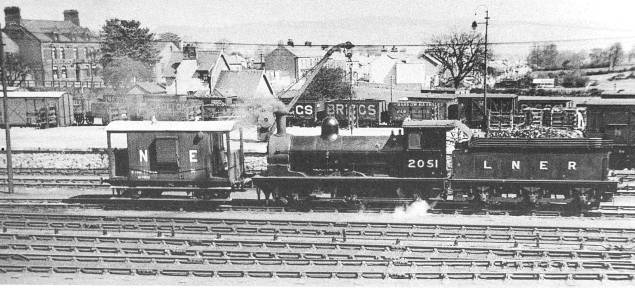

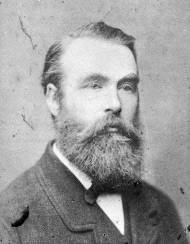
William Worsdell was born in Liverpool in 1838, the eldest son of a large Quaker family. His father Thomas was a coach builder and later Carriage and Wagon Superintendent for the Liverpool and Manchester Railway.
William was apprenticed at Crewe locomotive works and then worked in the wider engineering business before emigrating to the United States in 1865. He worked for six years for the Quaker managed Pennsylvania Railroad, rising to the position of Master Mechanic in charge of Altoona workshops in 1868.
William was was 'head-hunted' from Altoona by his friend F.W.Webb of the London and North Western Railway, and he returned to Crewe as Webb's assistant in 1871. Ten years later he became the Locomotive Superintendent of the Great Eastern Railway based at Stratford in London, and then in September 1885 was appointed as the Locomotive Superintend ant of the North Eastern Railway.
William only worked on the North Eastern for five years before poor health forced his early resignation. However in that short time he radically reformed NER locomotive design and practice, producing 549 engines in 11 new classes to replace obsolete mid-Victorian equipment.
He resigned in 1890 but he lived in retirement at Arnside for another 26 years. Indeed he must have been a frequent traveller across Stainmore in the late 1880's between his office and the holiday home he built there. He enjoyed many adventures in his Lake District retirement (he is said to have driven the first motor car across Wrynose Pass).
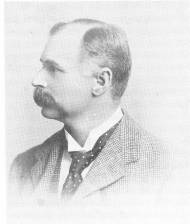
William's younger brother Wilson was the tenth child of the family and 12 years younger than his brother with whom he had a close relationship throughout his career. He also began employment in his 'teens' at Crewe works, and then spent some time with his brother working at Altoona. Returning to England in 1871 he spent more than ten years working at Crewe in a succession of jobs
In 1883 he was appointed Assistant Mechanical Engineer to the North Eastern Railway by Alexander McDonnell, and set up residence in the house at Greenefield works which had long been the home of Edward Fletcher. It was to be the Worsdell family home for 27 years
Two years later his brother was appointed as his manager, but by late 1889 he was deputising for him during William's spells of illness. He was later appointed to the position of Locomotive Superintendent in 1890 and his job was re designated as 'Chief Mechanical Engineer in 1900. Wilson retired in 1910 and died at South Ascot in 1920.
Wilson Worsdell's term of office represented the apogee of North Eastern Railway locomotive development. He built on the platform of technical efficiency and standardisation achieved by his brother and designed engines with the same uncluttered 'lines' and appearance that maintained an extraordinary 'family resemblance' of locomotives from the 'Tennants' of 1885 and Class 'A' tank engines of 1886 right through to the 'V1' 'Atlantics' of 1910.
He is said by those who worked with him to have been a particularly effective delegator and team builder which helped him to develop a very strong and creative design office. During his years in charge the North Eastern Railway built 1016 steam locomotives in 26 classes, and also electrified the Tyneside suburban services.